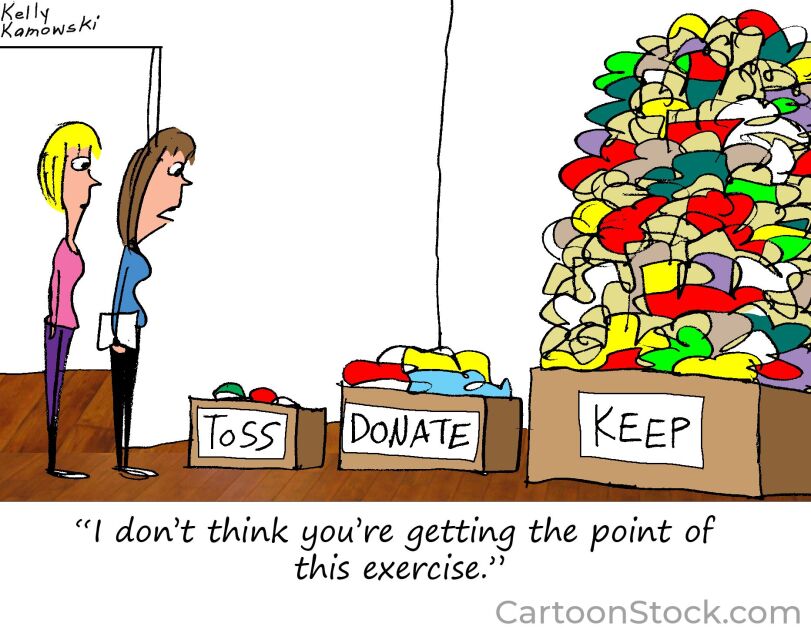It’s a professional development tool that stems from the concept of taking a walk in someone else’s—in this case a student’s—shoes. And in one California school, it has reportedly helped close the achievement gap for English-language learners.
The technique, which second-language acquisition expert Ivannia Soto began using in 2003, is called ELL shadowing. A teacher or administrator follows an English-language learner to several classes. Neither the student nor his or her teachers know the real reason the observer in the back of the room is there, which is to look specifically at the student’s use of academic language. The observer takes notes at five-minute intervals on the student’s actions regarding listening and speaking. Soto, an associate professor of education at Whittier College in California, claims the process is “enlightening.”
What educators tend to notice first and foremost is that many ELLs sit silently through their classes. These students are given very few opportunities to develop their academic oral language—broadly defined as the language of textbooks and testing, though Soto uses it to refer to proper “vocabulary, grammar, syntax, and register.” In fact, English-language learners spend less than 2 percent of the school day improving their academic oral language, she said, even though it’s a critical foundation of literacy.
Overall, Soto added, ELLs are missing out in one of two ways: “We’ve either dummied down the curriculum so it’s too basic or easy and students stay at the basic levels of social language, or we keep the rigor but don’t provide appropriate scaffolding so students can access the content.”
Creating ‘Urgency,’ Raising Scores
Rudy Gonzalez, the principal at Morrison Elementary School in Norwalk, Calif., began working with Soto to implement ELL shadowing three years ago. Though his school, where 85 percent of students receive free or reduced-price lunch, was already considered high achieving, he was concerned about a lingering achievement gap between ELLs and English-only students. And while English-language learners—who make up nearly half the student population—were doing well on grade-level academic standards, they were not doing as well with language proficiency.
The shadowing protocol clarified that teachers weren’t using enough academic language in their classes. “We were concerned about giving kids access to the core curriculum versus giving them access through knowing academic language,” Gonzalez said. “That was our downfall as a school. That’s where the achievement gap exists.”
The teachers, who had been effective by many measures, were receptive to the focus on academic language after participating in the shadowing. “It was so eye-opening that kids weren’t talking and didn’t have confidence,” Gonzalez said. “The way we structured classes, we weren’t allowing for the give and take with students.”
The “day in the life of an English-language learner” experience often creates a sense of urgency about helping these students improve their academic language skills, according to Soto, whose book ELL Shadowing as a Catalyst for Change will be released by Corwin in February 2012. “Shadowing isn’t about pointing fingers at anybody. … It’s about being reflective and seeing this as a systemic issue.”
Soto trains teachers in three concrete instructional strategies that foster academic oral language development. Think/pair/share, reciprocal teaching, and the Frayer model of using pictures and context to teach vocabulary all encourage students to converse with and learn from each other.
Some might contend the strategies are just best practices that can help all learners. But Gonzalez explained that the consequences of not using them are particularly “devastating for a second-language learner.” While English-only students will have opportunities to practice English-language skills at home and on the playground, for many ELLs, “this is it. If they’re not getting it in school, they aren’t going to get it.” Soto acknowledges that the strategies are not new, but that the difference is in using them systemically and “being intentional” about planning them into lessons.
Gonzalez said that once his teachers at Morrison began focusing on language development, benchmark test scores went up right away. Increases on state tests followed. California sets a target score for schools of 800 on its Academic Performance Index, the statewide accountability system. For the 2008-2009 school year, Morrison’s overall API was 818, while the score for the ELL population alone was 791. For 2010-2011, the overall score was 856, and the ELL score was 850. “That’s phenomenal growth in two years,” said Gonzalez. In addition, the discrepancy between ELLs and the general population is down to six points, he emphasized. “We’ve closed the gap.”
Gonzalez is adamant that every current and incoming teacher at Morrison participate in ELL shadowing and professional development around language development.
Though Morrison may have more flexibility in choosing professional development than many schools because of its high-achieving status, Gonzalez is convinced that improving academic language instruction can go a long way “regardless of where you are on the continuum of success as a school.” Soto also recognizes that schools have competing needs in the accountability era, but thinks ELL shadowing demonstrates that academic language development is a necessary component to improvement.
“We’ve taken academic oral language out of the curriculum, many times because we’re trying to meet so many standards, working through pacing plans and units,” she said. “We forget English learners need instruction modified and need more time and practice with this. [Shadowing] allows educators to experience that for themselves—and then it’s hard to turn away.”








